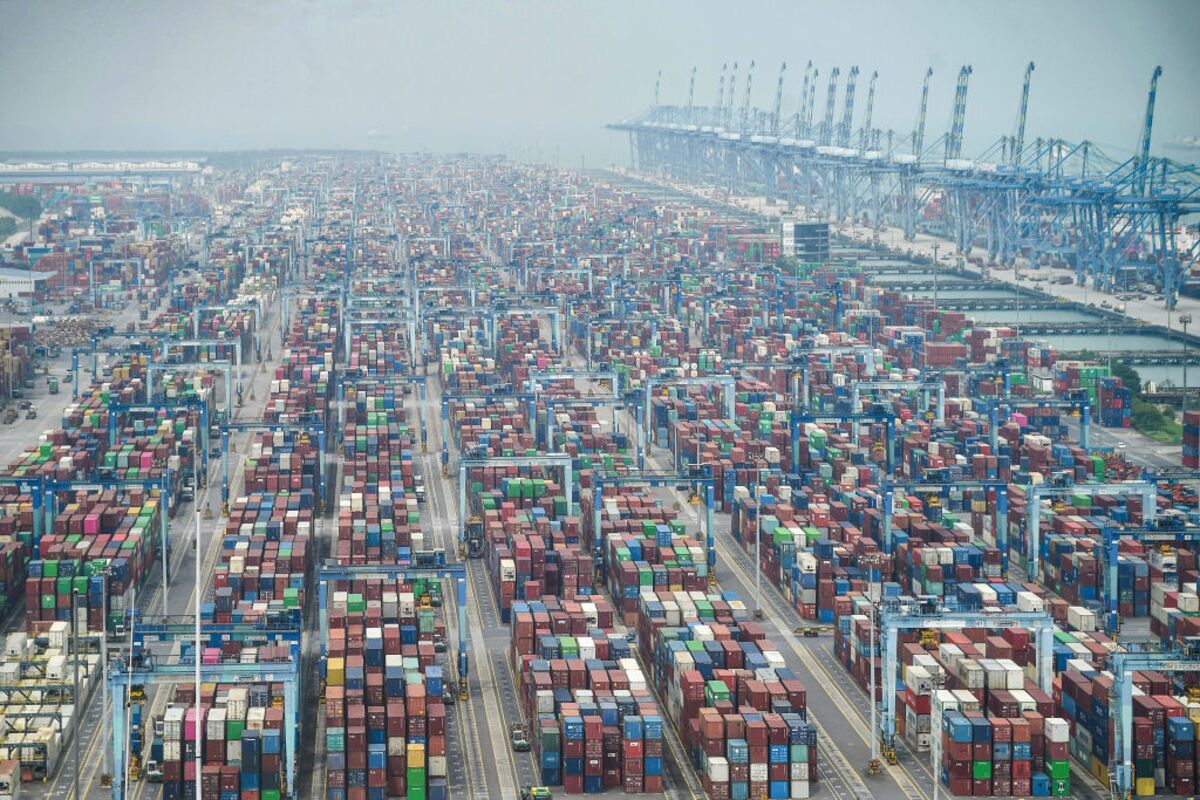Malaysia Spearheads ASEAN Tariff Harmonization: A Step Towards Regional Economic Integration
Malaysia's proactive role in driving ASEAN tariff harmonization is paving the way for enhanced regional economic integration and competitiveness on the global stage. This initiative promises significant benefits for businesses and consumers across the ten member states, boosting trade and investment flows. But what does this mean in practice, and what are the potential challenges ahead?
What is ASEAN Tariff Harmonization?
ASEAN tariff harmonization refers to the coordinated effort by the Association of Southeast Asian Nations (ASEAN) member states to reduce and ultimately harmonize tariffs on goods traded within the region. This involves aligning tariffs across different countries, creating a more streamlined and predictable trade environment. The goal is to create a larger, more integrated market, similar to the European Union's single market.
Malaysia's Leading Role:
Malaysia has taken a prominent role in championing this initiative, actively pushing for greater harmonization and simplification of tariff structures. This leadership stems from Malaysia's strategic economic positioning within ASEAN and its commitment to fostering regional economic growth. Several key initiatives undertaken by Malaysia include:
- Advocating for reduced tariff barriers: Malaysia has consistently advocated for lower tariffs on a wide range of goods, aiming to facilitate smoother cross-border trade.
- Promoting the use of common tariff nomenclature: Harmonizing the way goods are classified across different countries is crucial for simplifying customs procedures and reducing administrative burdens. Malaysia has been instrumental in pushing for the adoption of a standardized system.
- Facilitating technical assistance and capacity building: Malaysia has provided technical assistance and capacity building support to other ASEAN members to help them implement the harmonization process more effectively.
Benefits of ASEAN Tariff Harmonization:
The successful implementation of ASEAN tariff harmonization promises substantial benefits:
- Increased Intra-ASEAN Trade: Lower tariffs will significantly reduce the cost of trading goods within the region, leading to increased trade volumes and boosting economic activity.
- Enhanced Regional Competitiveness: A more integrated ASEAN market will allow businesses to access a larger consumer base, promoting efficiency and increasing their competitiveness on the global stage.
- Foreign Direct Investment (FDI) Attraction: A streamlined trade environment will attract greater FDI, further stimulating economic growth and job creation.
- Reduced Bureaucracy: Simplified customs procedures will reduce bureaucratic hurdles for businesses, saving them time and resources.
- Consumer Benefits: Lower prices for goods and a greater variety of choices are expected to benefit consumers across ASEAN.
Challenges Ahead:
Despite the significant potential benefits, several challenges remain:
- Differing National Interests: Balancing the interests of individual member states with the collective goal of regional integration can be complex. Some countries may be reluctant to reduce tariffs on specific goods.
- Implementation Complexity: Harmonizing tariffs across ten different countries with varying economic structures and regulatory frameworks is a significant undertaking. Careful planning and coordination are essential.
- Non-Tariff Barriers: While tariff reductions are crucial, non-tariff barriers such as sanitary and phytosanitary regulations can still hinder trade. Addressing these barriers is equally important.
Conclusion:
Malaysia's leadership in driving ASEAN tariff harmonization is a significant step towards creating a more integrated and competitive regional economy. While challenges remain, the potential benefits for businesses and consumers are substantial. The successful implementation of this initiative will not only strengthen ASEAN's economic standing but also contribute to its overall prosperity and stability. The ongoing efforts demonstrate a commitment to regional cooperation and a shared vision for a more prosperous future. Further updates and developments will be closely monitored as this crucial initiative unfolds.
Keywords: ASEAN, tariff harmonization, Malaysia, regional economic integration, trade, investment, competitiveness, economic growth, customs procedures, non-tariff barriers.

